Researchers explore how black soldier fly larvae could help pig producers cut feed costs and improve sustainability.
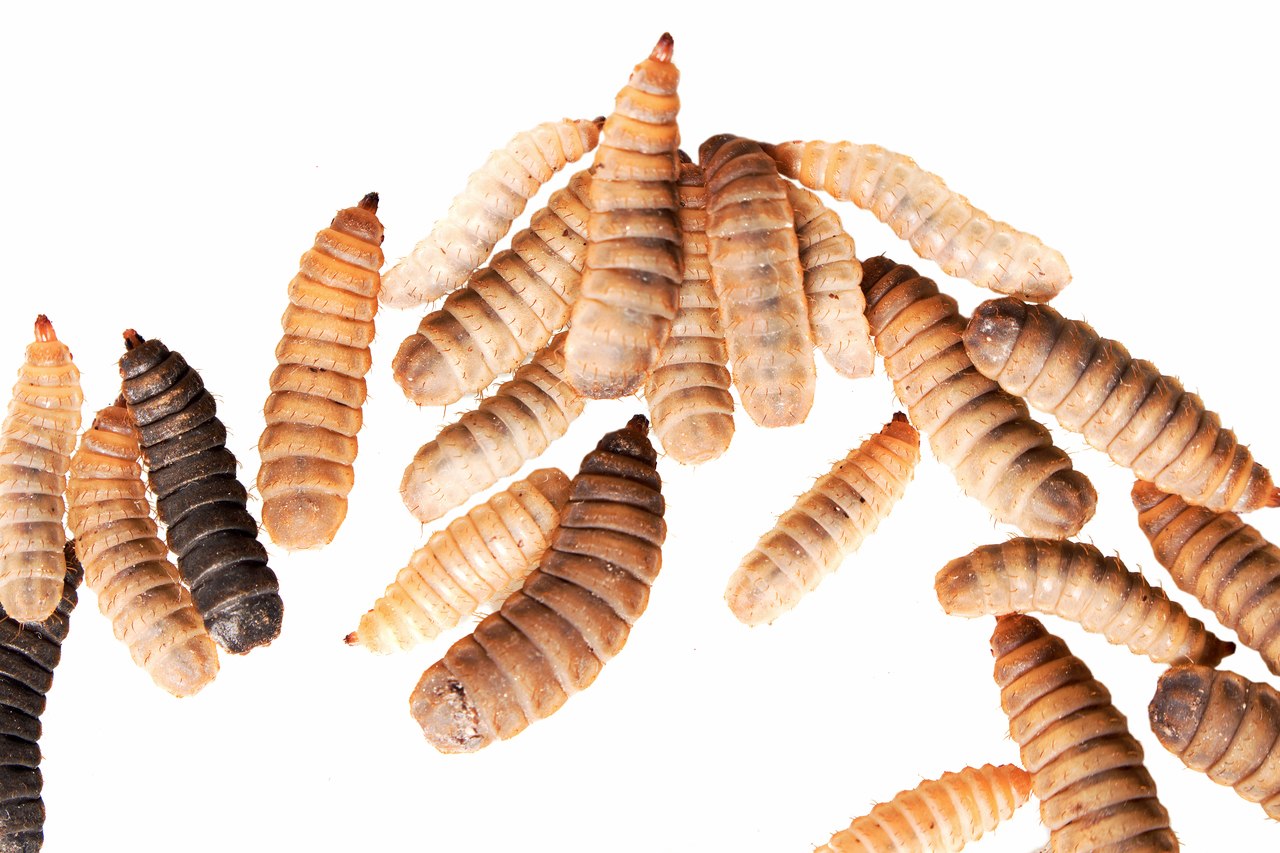
Black solder fly (BSF) larvae have the potential to become a sustainable protein source for swine diets.
A study published in the Journal of Animal and Feed Sciences explores their nutritional value, environmental benefits, and practical limitations.
The paper, titled ‘The potential of black soldier fly (Hermetia illucens L) in chicken and swine nutrition,’ offers insights for livestock producers seeking alternatives to conventional feed.
While BSF larvae have been widely studied in poultry, their use in swine diets is now gaining ground. Southeast Asian producers may find BSF particularly relevant, given regional feed cost pressures and growing interest in circular agriculture.
Nutritional profile and performance
BSF larvae meal contains 35–45% crude protein and 25–35% fat. It offers a favorable amino acid profile for pigs, including lysine and methionine. Lauric acid, a key fatty acid in BSF, may help reduce harmful gut bacteria.
Studies show that partial replacement of soybean meal with BSF larvae meal supports growth in weaner and grower pigs. Inclusion levels of up to 10–15% maintain feed intake and conversion rates. However, higher levels may reduce palatability and performance.
Functional and digestive benefits
BSF larvae contain antimicrobial peptides and bioactive compounds that may enhance gut health and immunity. Some trials suggest prebiotic effects, though more research is needed.
Digestibility varies depending on larval age and processing methods. Chitin, a fibrous component in insect exoskeletons, may hinder nutrient absorption if not properly managed.
Key considerations for digestibility include:
Economic and environmental potential
BSF larvae can be reared on food and agricultural waste. This reduces feed costs and supports waste valorization. Local production may also lessen reliance on imported protein sources.
BSF farming aligns with circular economy goals. It offers a way to convert low-value waste into high-value feed ingredients. This could benefit both smallholder pig producers and integrated operations.
Barriers to adoption
Despite its promise, BSF inclusion faces regulatory and market challenges. Legal frameworks for insect-based feed vary across regions. Consumer acceptance and biosecurity standards require further development.
The paper identifies key limitations:
The study calls for more targeted research on BSF use in swine diets, especially in tropical climates. It also stresses the need for simple, practical systems to help producers use BSF safely and effectively.
Subscribe now to the technical pig magazine
AUTHORS
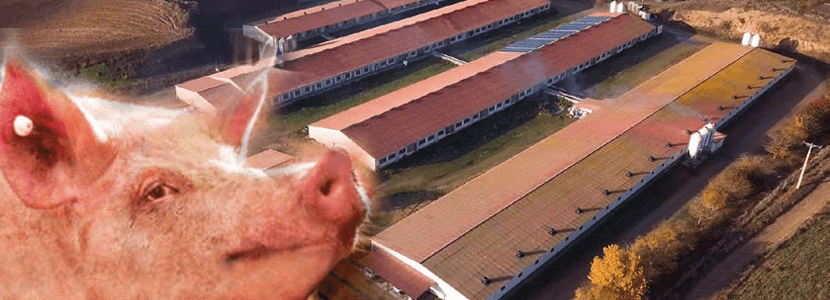
Bifet Gracia Farm & Nedap – Automated feeding in swine nurseries

The importance of Water on pig farms
Fernando Laguna Arán
Microbiota & Intestinal Barrier Integrity – Keys to Piglet Health
Alberto Morillo Alujas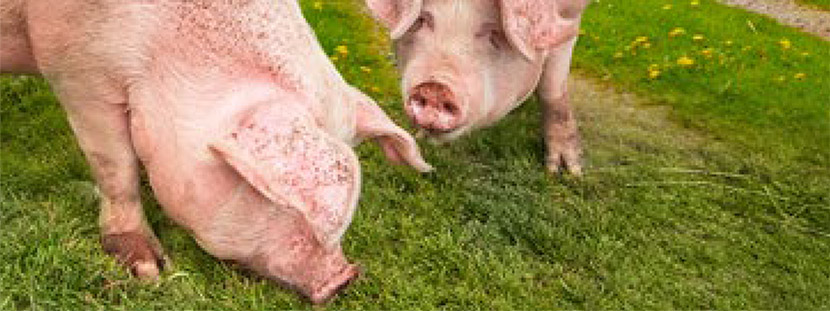
Impact of Reducing Antibiotic use, the Dutch experience
Ron Bergevoet
The keys to successful Lactation in hyperprolific sows
Mercedes Sebastián Lafuente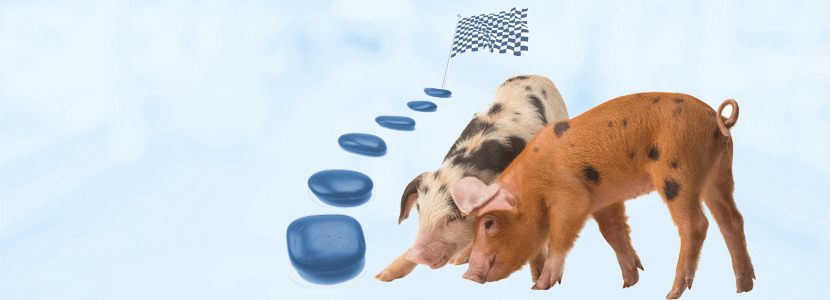
Addressing the challenge of Management in Transition
Víctor Fernández Segundo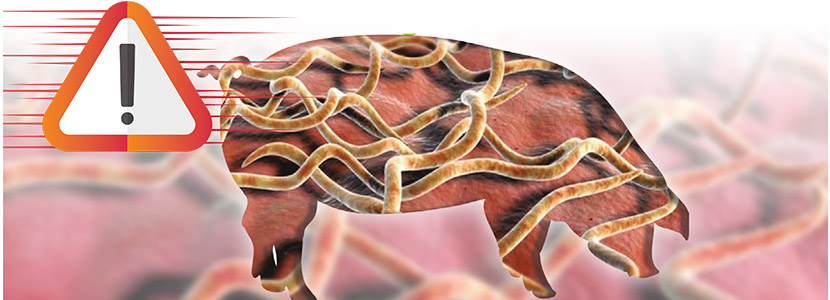
Dealing with the rise of Swine Dysentery
Roberto M. C. Guedes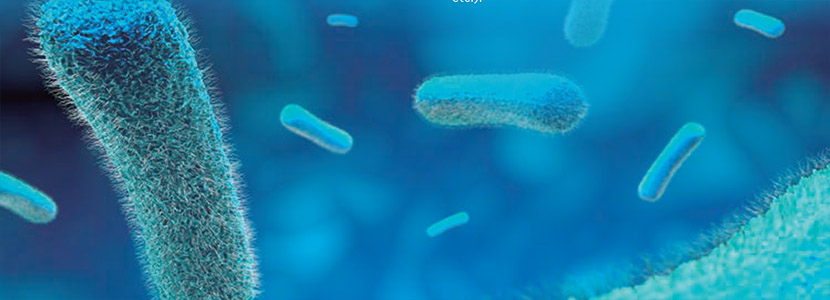
Actinobacillus pleuropneumoniae – What are we dealing with?
Marcelo Gottschalk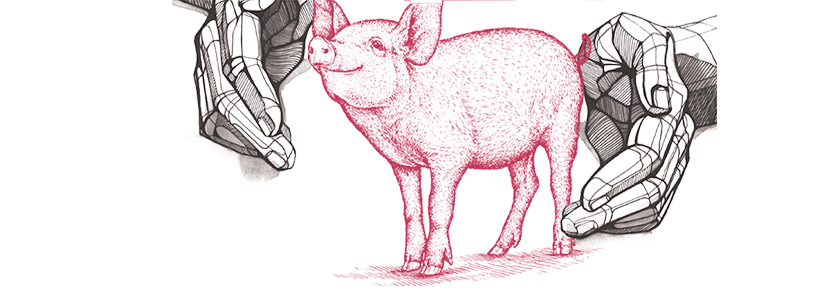
The new era of Animal Welfare in Pig Production – Are we ready?
Antonio Velarde
Gut health in piglets – What can we do to measure and improve it?
Alberto Morillo Alujas
Interview with Cristina Massot – Animal Health in Europe after April 2021
Cristina Massot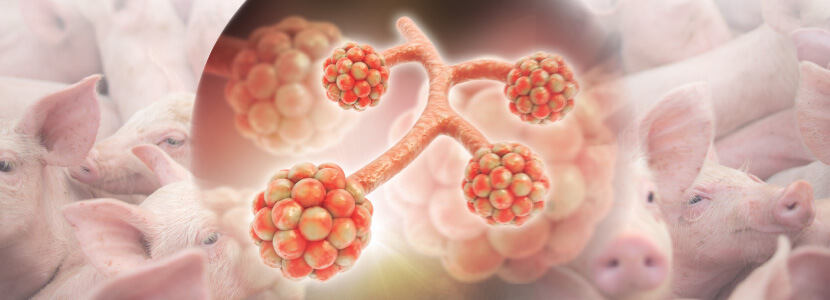
Differential diagnosis of respiratory processes in pigs
Desirée Martín Jurado Gema Chacón Pérez